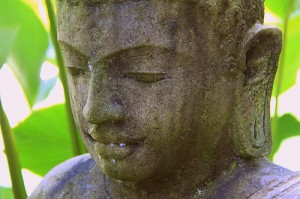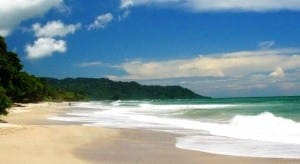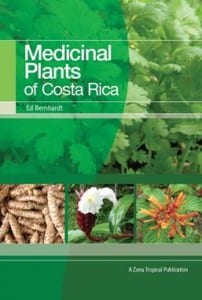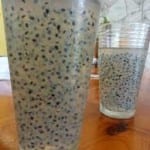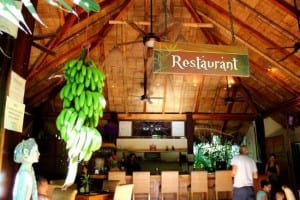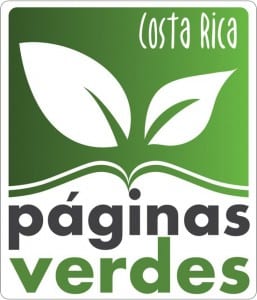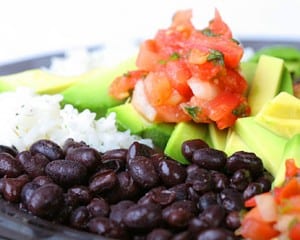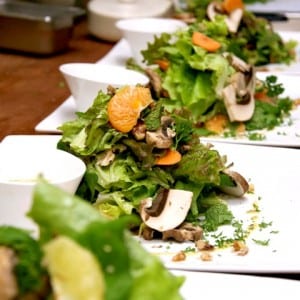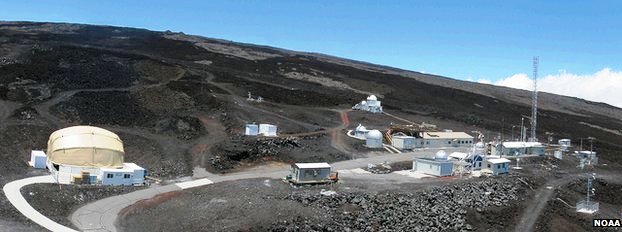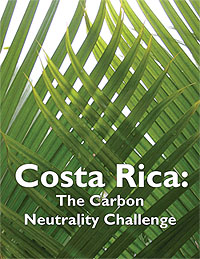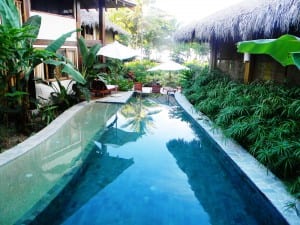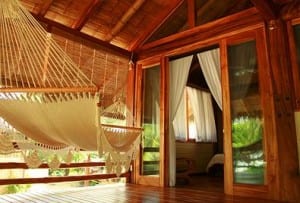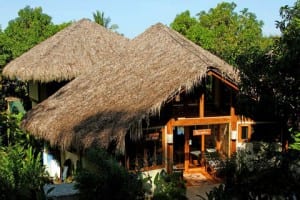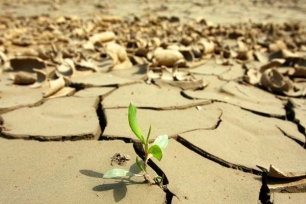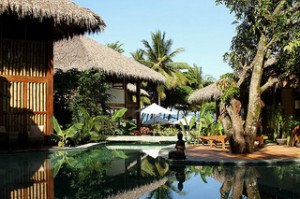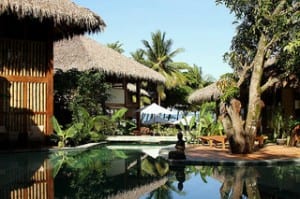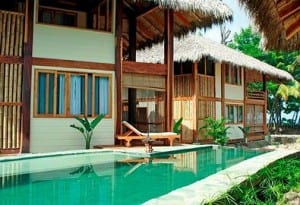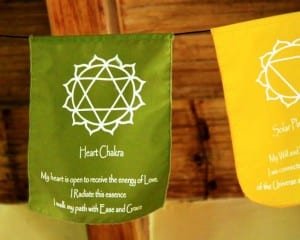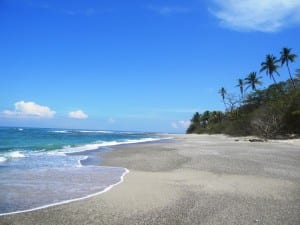Trending in recent years among brides and grooms is leaving behind
the traditional, large, 250-person, fancy church, banquet hall wedding
in favor of a
fun, exotic destination wedding that adds the adventure of a sunny honeymoon vacation.
Couples
choose to go out-of-town for many reasons, including basic economics.
You would think that staging a wedding in another country would break
the bank, but in most cases, only close friends and family attend these
celebrations; thus, sparing couples from the large, expensive,
traditional wedding receptions back home where everyone up to your
long-forgotten Sunday School teacher are invited.

Destination weddings have become increasingly popular for couples of all types.
Costa Rica has become one of the premier locations for destination weddings in the world. The popular wedding website
TheKnot.com named
Costa Rica in 2012 a top wedding destination in Latin America.
TheKnot.com reported that one out of every four destination weddings in
Latin America take place in Costa Rica. What’s not to like? You have
fabulously gorgeous beaches, lush rainforest, volcanoes, a thriving
tourism industry, and an abundance of hotels, resorts and vacation homes
available.
A destination wedding is an exciting alternative to a
traditional wedding, but a destination wedding requires a lot of
planning. Information taken from many sources, including top Costa Rica
wedding planner Aimee Monihan, owner of
Tropical Occasions and
Santa Teresa Beach Weddings, brings you
our:
Top 10 list of “Things to Know Before Planning a Destination Wedding”:
 1. Choose your location carefully.
1. Choose your location carefully.
Destination weddings don’t always have to be a beach setting. Choose a
mountain, volcano, lake, forest, etc. if beaches aren’t your thing. For
instance, Costa Rica has lovely cool climates up at elevated cloud
forests.
2. Plan well in advance, especially your
airline tickets. Try not to plan a wedding during the country’s busiest
times of year when tourism and costs are at their highest, or during
national holidays when people do not want to work and businesses are
closed. (For Costa Rica, these times are Christmas Week through New
Year’s, and Holy week.)
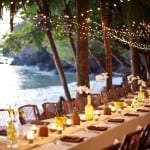 3. Do your weather research.
3. Do your weather research.
You probably don’t want to have a beach wedding in hurricane season. If
it is that country’s rainy season, or if during your wedding month it
usually is very windy, or excessively hot, prepare for it so that no
matter what, your plans will happen with no issues. When having a beach
wedding, make sure to check on the tide times and sunset times for your
wedding day so that you can plan properly.
4. Make sure your wedding will be legal, and also valid back home.
The nice thing about Costa Rica is that citizens from other countries
can get legally married without any residency requirements, blood tests
or waiting periods like on many Caribbean islands. In Costa Rica, you
can either be legally married in the Catholic Church (following all
rules and protocols), or by a civil lawyer. The only downside to doing
the legal part of your ceremony in Costa Rica is sometimes very long
wait times to have your wedding certificate officially registered, then
translated to your home country language, certified by your country’s
embassy, and mailed to you. Many brides and grooms handle the legal
arrangement in their home country and then enjoy a worry-free spiritual
ceremony in Costa Rica that is intimate and personal.
 5. Use reputable vendors.
5. Use reputable vendors.
Always check out venues and hotels beyond what you see on a website.
Check online reviews, ask to speak with a past bride who was married
there, and make sure that all that you are seeing and reading on the
website is true to what is shown in the photos and written.
6. Be aware of local laws and cultural customs.
Make sure you know what local laws are regarding noise, fire, alcohol,
etc. For instance, you may be expecting to dance under the stars all
night, when local laws rule that all amplified music must be turned off
in open spaces at 10:00 pm. Or, you want to have a bonfire or fireworks,
but they are not allowed due to fire bans or environmental
restrictions. Keep true to local cuisine; remember you are celebrating
your wedding day in another country which may not have access to some of
your favorite cuisines.
7. Be helpful to your guests.
Give them as much information and travel help as possible, and far in
advance. Modern etiquette dictates that couples only need pay for
themselves at a destination wedding, so how much and what you pay for is
up to you.
 8. Choose wisely what you and your guests will wear
8. Choose wisely what you and your guests will wear
for your destination wedding. Don’t require formal wear at a tropical
beach wedding, for instance, or you’ll have very hot and unhappy guests!
Get great ideas for
destination wedding guest wear and
bridal gowns at TLC.
9. Go with the flow.
What’s important at the end of the day is that you and your guests had
fun and shared love. The “unknown” of holding an important event in
another country, another culture and another climate can be stressful,
so remembering to relax and enjoy is all-important.
 10. Hire a professional wedding planner
10. Hire a professional wedding planner
to avoid that planning stress; they already know the ins and outs of
destination weddings. Allow someone with experience and years of
knowledge working in that foreign country to help take your ideas,
vision and dreams to fruition so you can truly be a guest at your own
wedding and live in the moment of every memory being created.
One of Costa Rica’s best destinations for weddings and honeymoons is
Santa Teresa Beach on the
Pacific’s Nicoya Peninsula.
Santa Teresa is the perfect backdrop for a romantic wedding with its
wide, light sandy beaches, lush vegetation and spectacular sunsets.
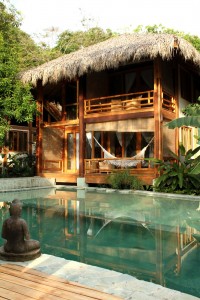
An excellent choice of locations at
Santa Teresa Beach is
Pranamar Oceanfront Villas & Yoga Retreat,
a Trip Advisor Traveler’s Choice Award winner. Pranamar Villas is a
gorgeous, intimate oceanfront hotel with luxury two-story villas,
beachfront villas and tropical bungalows, all designed in tropical
Indonesian architecture. The free-form saltwater pool and tropical
gardens add beauty to the eye at every turn.
Pranamar’s on-site wedding and events coordinator
can help make your wedding the day you’ve always dreamed of having.
From abundant tropical flowers to catered unique food and drinks,
they’ll take care of creating an extraordinarily beautiful beach wedding
for you. The hotel can sleep 30-35 guests; having the entire property
for your party ensures complete privacy.
By Shannon Farley


